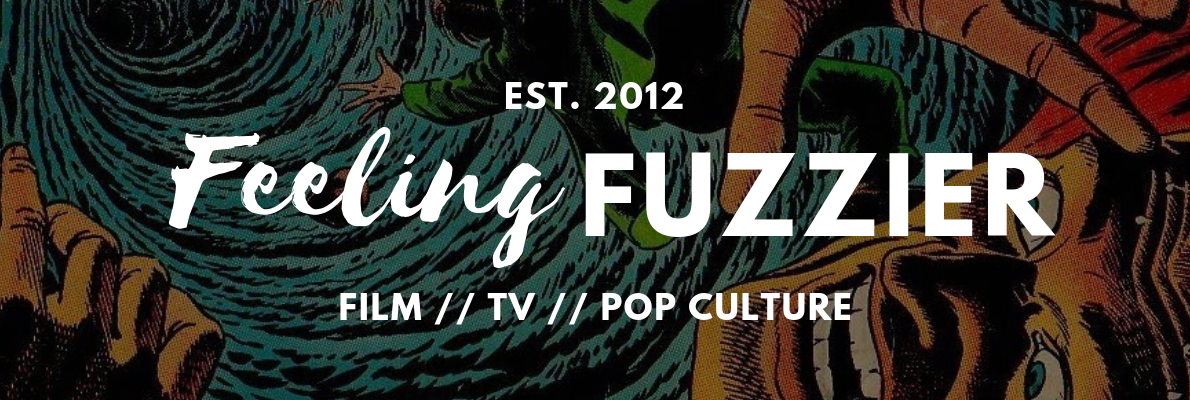
After cutting his teeth in comedy, Edgar Wright moves into the horror genre with Last Night in Soho.
Wright's sixth major feature film is a tale of two young women; Eloise (Thomasin McKenzie), who leaves her sleepy Cornish town to study fashion in London, and Sandie (Anya Taylor-Joy), an ethereal 60s songstress who Eloise mysteriously dreams about at night.
Somehow transported from her dingy Soho bedsit to the Swinging Sixties in their pomp, Eloise revels in the shining lights, hip music, groovy dancefloors and colourful characters. However, it isn't long before the dark underbelly of Soho's nightclub scene comes reveals itself, and Eloise begins to fear for Sandie's safety – and seedy men in her like, like Matt Smith's Jack, start to make their true intentions clear.
An original story that Wright penned alongside 1917 scribe Krysty Wilson-Cairns, Last Night in Soho is both more of the same and something very different from the British filmmaker. His first foray into horror and his first film to be fronted by not one but two female protagonists, Last Night in Soho is a significant tonal and thematic departure from a director who, in the past, has centred his work on dudes having fun with genre, like zombies (Shaun of the Dead), cops (Hot Fuzz), aliens (The World's End) and heists (Baby Driver).
It's grimier and grislier, with eerie ghosts and some genuine scares packed in here – nary a laugh to be seen. It's partly a period piece too, with 60s Soho realised in colourful detail – from the vintage fashion and electric needle drops (The Kinks, Cilla Black, Sandie Shaw) to dazzling billboards and marquees that adorn so many of London's West End. In fact, the whole film is a visual treat – but that's par for the course with Wright at this point. Bold neon colours, captured by cinematographer Chung Chung-hoon, are clearly inspired by Dario Argento's Suspiria.
With a terrific twofer at its centre, the film works best when it retains focused on the core construct; Eloise's fascination (and gradual realisation) about London's dark past, and Sandie's parallel disillusionment and despair at the nastiness that lurks beneath those shining stage lights. It certainly helps to no end that both McKenzie and Taylor-Joy are two of the most talented young actresses working today.
The former brings a wide-eyed eagerness to the first act, before being visibly transformed over the film's runtime from wholesome country girl to haunted and dishevelled – with McKenzie capturing the nuances of that arc with aplomb. Meanwhile, Taylor-Joy brings the same poise and unmistakable screen presence to Last Night in Soho that she did to Netflix series The Queen's Gambit.
Smith is a seedy, sinister smooth-talker in a role that suits him down to the ground, while British staples like Terence Stamp and a terrific posthumous performance from Diana Rigg further elevate this film.
Wright utilises a raft of clever camera trickery to transport Eloise to the past; from a string of Texas switches for an impressive ballroom one-shot during the film's first trip back in time, to some trick photography that place McKenzie in mirrors and reflections opposite Taylor-Joy via practical means.
As the film edges towards the two hours mark, the plot does lose steam, with the third act in particular dragging ever so slightly. But on the whole, this is another confident and clever genre piece from one of Britain's most recognised and celebrated moviemakers of the past two decades.
The Verdict: 8/10
Even if it errs more towards style than it does substance, I can't shake the feeling that Last Night in Soho is exactly the kind of bold, slick film that we should be championing. With a grisly, time-twisting plot that has something (ever so slight) to say, this is an impressive, original film for adults – something that is all too uncommon nowadays.
Last Night in Soho is in cinemas across Australia now.




No comments:
Post a Comment